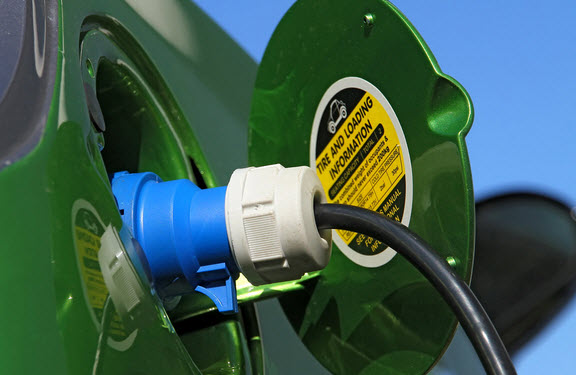What happens when we all drive electric vehicles?
March 5, 2015
The European Union predicts that electric vehicles (EV) could be in mass production by 2020. But what might be their impacts, such as new demands on electrical distribution grids and on how and where we travel?
The EU DATA SIM project, a consortium of nine partners from seven countries with EUR 2,3 million investment from the EU, was created for that purpose.
It has developed a detailed, time-space approach based on big data acquired from GSM (mobile phone systems) and GPS, using computer science, data mining, database management, and analysis of transport and energy systems.
This new model was designed to predict what would happen if we all started driving electric. “For example, you could compare how many people drive electric, for how long and how far, based on the current technology … and how this evolves when technology improves,” explains project coordinator, Professor Davy Janssens, based at Hasselt University in Belgium.
Smarter electrical grids
As Janssens says, ‘You can see whether there is a risk of energy shortages in certain zones when a given number of vehicles are being charged. For example, if too many EVs are charged at the same time, is there a risk that the street lighting will go out?’
These answers could advise policy-makers to reinforce the electrical network in specific locations or revise charging-point locations. For example:
- What happens when solar or other renewable energy, which is intermittent (between day and night and based on weather) becomes more widespread, resulting in peaks and drops in production?
- Could EV batteries be used to store excess generated energy in peak periods and fed back into the grid when the cars are parked?
- Could car sharing and car pooling coordination help?
The project, which ran for three years and ended in August 2014, is now planning to create two spinoff companies.
UPM | DATASIM: DATA science for SIMulating the era of electric vehicles
